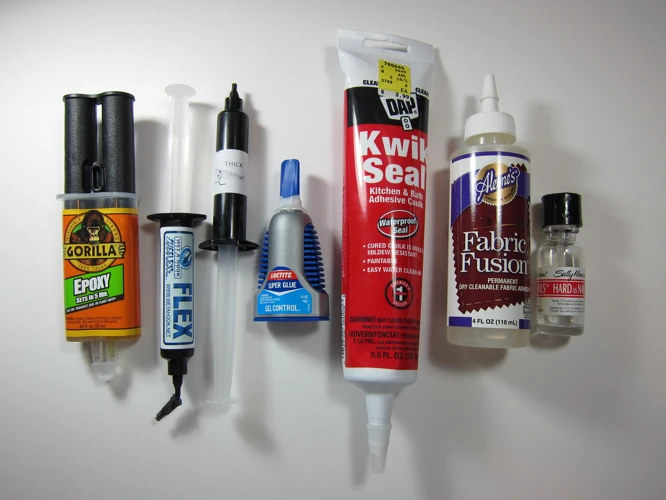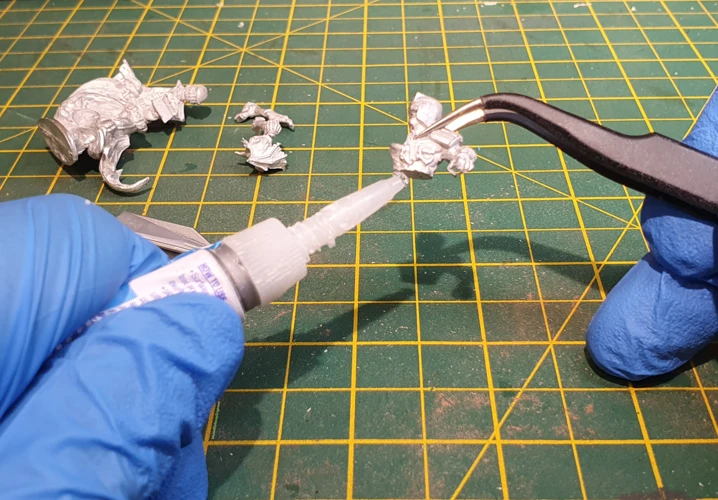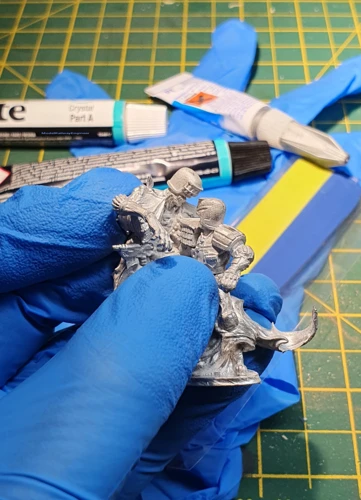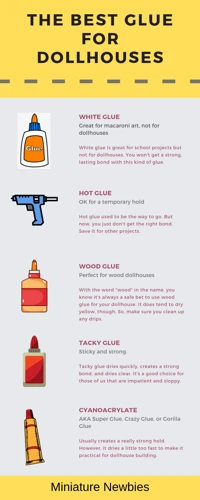Assembling miniatures is a meticulous and rewarding hobby that requires precision and patience. Whether you’re an avid gamer looking to customize your tabletop experience or a model enthusiast building a detailed collection, knowing how to glue miniatures is fundamental. This comprehensive guide will walk you through the process, ensuring that your miniatures are assembled with care and expertise.
Understanding Different Miniature Materials
Before diving into the art of miniature assembly, it’s crucial to recognize the variety of materials used in their creation. Plastic, metal, and resin are the most common, each with its own set of characteristics that affect how they are glued. Understanding these materials is the first step to selecting the right adhesive for your project.
Choosing the Best Glue for Your Miniature Project
Selecting the appropriate adhesive is key to a successful miniature build. The bond between the pieces must withstand handling and sometimes the rigors of gameplay. Let’s explore the best glue options for different types of miniatures to ensure your models stay intact.
Best Glue for Plastic Miniatures
For plastic miniatures, a plastic cement or plastic glue for miniatures is typically the best choice. These specialized glues create a chemical bond by slightly melting the plastic, fusing the pieces together.
Best Glue for Metal Miniatures
The best glue for metal miniatures is generally a cyanoacrylate-based adhesive, also known as super glue. Its quick bonding time and strength make it ideal for the heavier weight of metal components.
Best Glue for Resin Models
When it comes to resin models, the best glue for resin models is also a cyanoacrylate-based adhesive. However, it’s important to ensure the surfaces are clean and free of release agents to achieve a strong bond.
How To Glue Miniatures: Step by Step
Gluing miniatures together is an intricate process. Following a step-by-step approach will help yield the best results. We’ll break down the process for each material, starting with the preparations.
Preparation Before Gluing
- Clean all parts of any dust, mold lines, or release agents.
- Dry fit the pieces to plan your assembly.
- Ensure that your work area is well-ventilated and organized.
Assembling Plastic Miniatures
Start with a small amount of plastic glue applied to the joint and press the parts together firmly. Give it time to cure, and you’ll have a strong, seamless bond perfect for assembling plastic miniatures.
Gluing Metal Miniatures
For metal components, apply a small dot of super glue to one surface, then press and hold the pieces together. Patience is key when gluing metal miniatures, as they might take longer to set.
How to Glue Resin Miniatures
Similar to metal, how to glue resin miniatures involves using super glue. Ensure the surface is roughened slightly for better adhesion. Carefully align the pieces and hold until the glue sets.
Types of Glue for Miniatures
There’s a variety of adhesives available that are suited for miniature assembly. Each type has its advantages and ideal applications. Let’s look at the most common types.
Plastic Glue for Miniatures
Plastic cement is designed specifically for plastic models, creating a strong bond by chemically welding the pieces.
PVA Glue for Miniatures
PVA glue, or white glue, is great for basing miniatures or attaching miniatures to their bases. It dries clear and can be diluted with water for different textures.
Cyanoacrylate Glues for Quick Bonding
Cyanoacrylate, or super glue, is ideal for quick bonding. It’s a go-to for many hobbyists because of its strength and quick drying time.
Epoxy Resins for Strong Bonds
Epoxy resins are two-part adhesives that offer a very strong bond and can be used for gap filling. They work well for heavy or load-bearing parts.
Advanced Gluing Techniques and Tips
Enhance your miniature assembly skills with advanced techniques and tips. These can make the difference between a good and a great miniature build.
Warhammer Glue Tips
Warhammer enthusiasts often recommend thin layers of plastic cement for a strong bond without excess glue squeezing out. Patience is essential when handling these detailed pieces.
Clamping and Setting
For parts that don’t hold together on their own, consider using clamps or tape to keep them in place until the glue sets. It’s important not to move the pieces during this time to ensure a solid bond.
Safety and Clean Up
Always work in a well-ventilated area and wear gloves when necessary. Keep a clean workspace and have acetone or nail polish remover handy for cleaning up any excess glue.
Product Recommendations
With the myriad of adhesives on the market, it can be daunting to choose the right one. These product recommendations will guide you to the best options for your miniatures.
Top Picks for Plastic, Metal, and Resin Miniatures
For plastic, Tamiya Cement is highly regarded. For metal and resin, Loctite Super Glue offers reliable performance. Ensure you choose the correct product for your miniature’s material.
Comparison and Review of Popular Glues
Reviews often highlight the longevity of Gorilla Super Glue for metal miniatures and Bob Smith Industries’ Super Glue for resin. Take the time to research and compare to find the best fit for your needs.
Common Gluing Mistakes and How to Avoid Them
Avoid common pitfalls such as using too much glue or not allowing proper setting time. Ensure surfaces are clean and that you’re using the correct type of adhesive for the material of your miniatures.
Conclusion: Mastering the Art of Miniature Assembly
Mastering how to glue miniatures takes practice, but with the right knowledge and tools, you can create durable and aesthetically pleasing models. Remember to choose the appropriate glue, prepare your surfaces well, and apply the correct techniques for the material you’re working with.
Diving into the world of DIY and crafting can lead to many unique projects, including the delicate task of gluing miniatures. For those looking to expand their adhesive skills, we have a range of tutorials that can help. Learn the intricacies of working with different materials by checking out our guides on how to glue canvas, perfect for artists and hobbyists alike. If you’re into jewelry making, our article on how to glue jewelry will provide you with valuable tips to ensure your creations hold up beautifully. For ceramic enthusiasts, our step-by-step guide on how to glue pottery will help you restore broken pieces to their former glory. Each tutorial is designed to give you the confidence to tackle your miniature gluing projects and beyond.
Frequently Asked Questions
Have more questions about gluing miniatures? This FAQ section aims to clarify any additional queries you might have about this intricate hobby.




